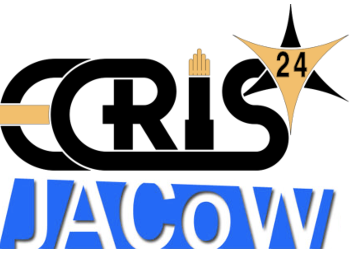Speaker
Description
The Institute for Plasma Research has set up a 14-MeV neutron generator facility. The stability, quality, and repeatability of the D⁺ ion beam are critical parameters for ensuring the reliable operation of the neutron generator. Hence, a 2.45 GHz ECR ion source has been installed to produce the deuterium beam. The primary D beam characteristics are assessed by varying extraction voltage, microwave power, gas flow, and solenoid current of the ECRIS. By optimizing these parameters, the maximum design beam current is achieved. The D ion beam contains various species, including D⁺, D₂⁺, D₃⁺, and impurities. Accurate measurement of the D⁺ content within the D ion beam is the key parameter for a neutron generator. Multiple experiments were conducted to determine the D⁺ species and optimise the ECRIS parameters for maximum production of D⁺ species. Two beam current measurement devices, the DCCT and the Faraday Cup, were installed in the beamline to measure the total deuterium beam current and D⁺ beam current, respectively. Notably, the variation in the D⁺ fraction primarily depends on the operating parameters of the ECRIS, such as extraction voltage, microwave power and gas flow. This paper presents the results of the D⁺ ion current as a function of extraction voltage, microwave power, and gas flow rate. Understanding and characterizing the D⁺ species are essential steps toward achieving stable and efficient neutron production in fusion applications.
| I have read and accept the Privacy Policy Statement | Yes |
|---|

